By Gene J. Pfeffer
The Battle of the Atlantic was a life-and-death struggle between the German Kriegsmarine and the Allied navies that was fought for control of Britain’s lifeline to its empire and to the United States.
Although the Allies triumphed in the end, it was no sure thing. The Germans came very close to knocking the British out of the war. If that had happened, America would have had to fight a two-front war without the huge contributions of the British.
Many factors contributed to the eventual outcome. In the end, Allied technical and logistical superiority proved decisive. Perhaps the most intriguing aspect of the long battle was the role played by signals intelligence (SIGINT) on both sides. It is widely known that British codebreakers were ultimately successful in reading the German naval codes. It is less well known that the German codebreakers were also successful for much of the war in reading the British Navy’s coded radio message traffic.
By 1938, the German Navy was deep into planning for war with England. The German naval staff knew that Britain was one of the world’s foremost naval powers. It also knew that Britain could not fight for long without substantial imports of food and raw materials for its war effort, as Britain was not self-sustaining in agricultural products, steel, oil, and other key resources even in peacetime. Its need for these resources would increase substantially during wartime.
The German naval staff, therefore, concluded that a total economic blockade of Britain offered the best hope for victory. The German naval strategy, relying heavily on her fleet of submarines, would therefore focus on a continuous, full-scale campaign against merchant shipping in order to strangle British trade, eliminate its ability to fight, and force a negotiated surrender.
Likewise, the British naval strategy was to secure its own sea lines of communications while denying Germany vital imports of raw materials and food. The British believed that their own strong surface fleet, combined with those of their allies such as France, would prevail against Germany’s fledgling fleet of surface capital ships and the larger, more powerful fleets of her Axis allies––Italy and Japan.
With World War I fresh in their minds, the British understood the importance of Germany’s submarine threat. However, they believed that armed convoys and the development of acoustic underwater detection systems would allow them to overcome this threat. While the British anticipated a continuing struggle with the Axis fleets, they believed they and their allies would eventually prevail.
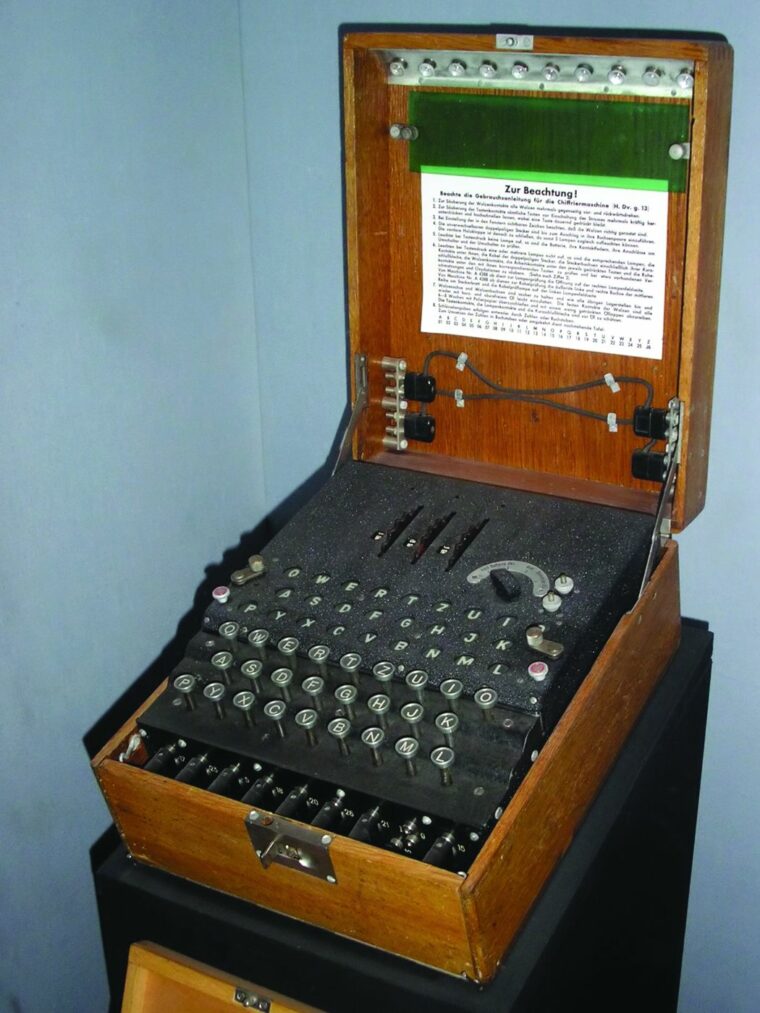
Many naval and air resources, technology, tactics, and procedures were eventually employed by both sides to implement their respective strategies. However, intelligence based on decryption of enemy Morse code radio transmissions by both sides played a key role in the eventual outcome of the battle. It is a fascinating story of move and countermove. It pitted military personnel and university scientists in a continuing battle of wits.
The SIGINT battle also led to the development of the first programmable electronic computer. It was used by the British late in the war to break the ciphers used by German Army and Air Force radio teletype equipment. Without the use of radio for the centralized command and control of both Allied and German forces, there could be no radio-derived signals intelligence. Without specialized mechanical sorting machines, invented at the outbreak of war and refined as the war progressed, there could be no code-breaking success. The SIGINT battle between the Germans and the Allies was an artifact of early 20th-century technology. It was the cyber warfare of its day.
The British SIGINT operation was eventually code-named Ultra. It involved complex, secret activities to intercept, decrypt, and exploit German high-frequency radio Morse code and teletype traffic. A network of British radio intercept sites, called the Y Service, spread across the country and manually recorded enemy coded radio signals and forwarded the unreadable messages to a secret center. Here the messages were decrypted and forwarded to various intelligence centers and headquarters to aid in the conduct of the war. As long as the Germans had high confidence in their ciphers, the opportunity for the British to peek inside the German war machine continued.
For its own part, the German Kriegsmarine understood the importance of code breaking and the vital intelligence it could produce. As early as the mid-1930s, the German Navy Signal Intelligence Unit had broken some of the Royal Navy’s most important codes.
The Beobachter Dienst, abbreviated B-Dienst, translates into English as the Observer Service; it was the German naval radio SIGINT service. Besides radio direction-finding and traffic analysis, the B-Dienst had within it a code-breaking activity. The German radio intelligence system also included a network of intercept sites that forwarded encrypted British radio messages to B-Dienst headquarters in Berlin, where messages were decrypted and exploited for intelligence to support military operations.
To implement the Kriegsmarine’s grand strategy of strangling Britain, Germany would need a fleet that could defeat the Royal Navy’s ability to defend Britain’s sea lines of communications. This was a tall order since Britain was a world naval power. Its plan envisioned a navy of many large capital ships––battleships, cruisers, and even aircraft carriers. In early 1939, Hitler approved the Kriegsmarine’s ship-building plans for a world-class fleet.
The commander of the German Navy’s submarine fleet, Admiral Karl Dönitz, was disappointed with the Kreigsmarine’s plan. He was sure that the only way Germany could succeed in defeating Britain was through submarine warfare. Dönitz believed that the German Unterseeboot, or U-boat, operating in large packs, could sink more British cargo and tanker ships than the British Empire could build and sustain.
He also believed that U-boats could operate undetected and strike with impunity. He knew that submarines were more easily built and operated than a large surface fleet of capital ships. In Dönitz’s view, top priority had to be given to developing a fleet of 300 ocean-going U-boats. The Kriegsmarine staff did not share Dönitz’s view and they persisted with their plans for a grand surface fleet.
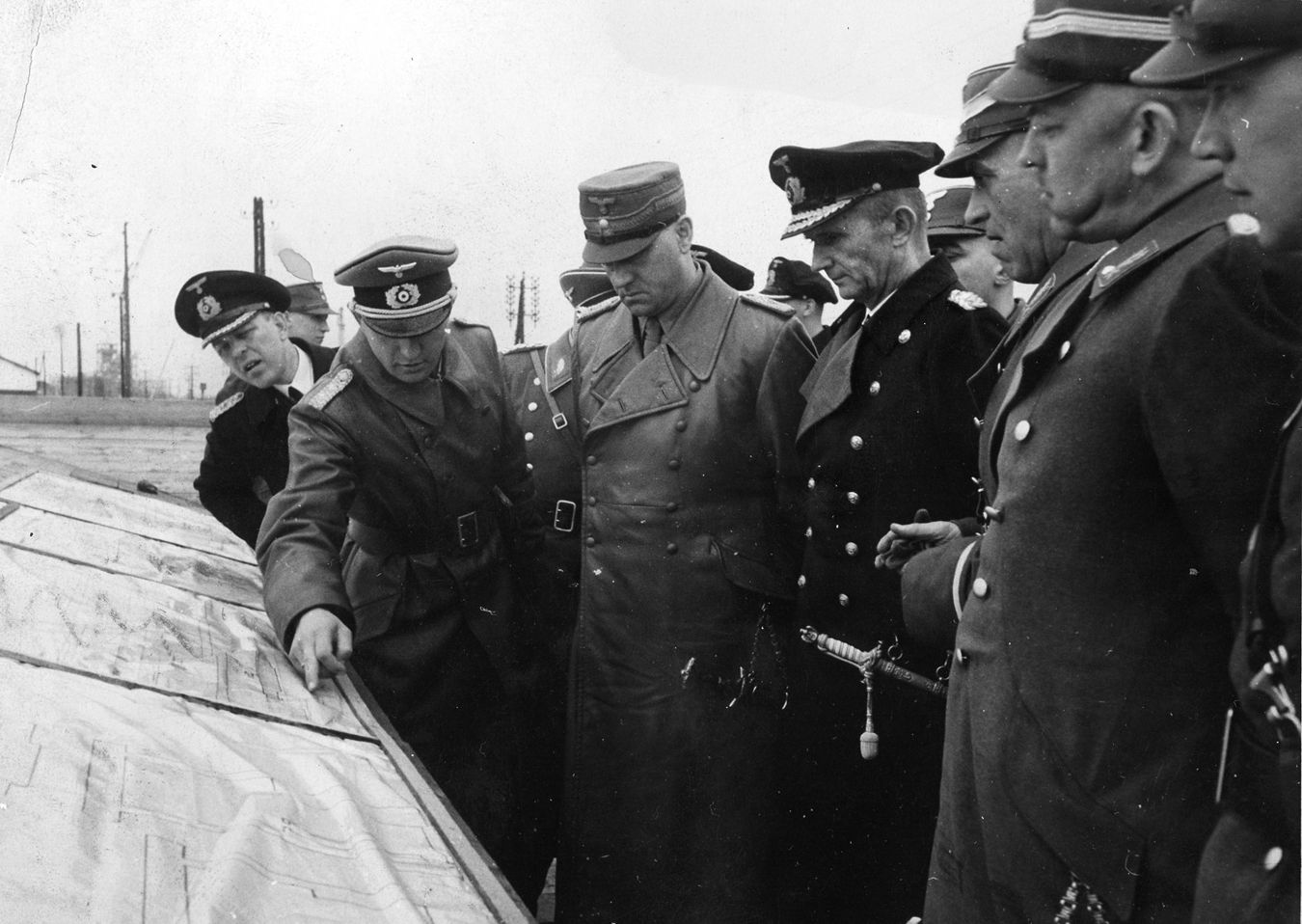
While the Kriegsmarine pursued its shipbuilding program, its communications staff also sought to field an encrypted radio communications system that would be up to the task of commanding and controlling a large, ocean-going fleet at war. The encryption machines used by German forces evolved from a commercial encryption device called “Enigma.” It was first marketed in 1923 as a way to protect companies from industrial spying. The German military recognized its superior potential for protecting military communications; it began purchasing the early version in 1926. As the German military began to employ Enigma, neighboring Poland became concerned. The Poles were aware of German efforts to expand their military beyond the limits set by the Versailles Treaty. Their concern was heightened by the complex communications encryption the Germans were now using.
The German Enigma machine had the appearance of a large typewriter, with an alphabetical keyboard. However, it also had another alphabet on the top of the machine. As one letter was typed on the keyboard, another, different letter would light up on the top of the machine. Pressure on the keyboard letter created an electrical path that caused the letter on the top to light. The electrical path flowed through a complex arrangement of wiring that had an almost limitless number of possible outcomes.
There were two sources of the complexity. The first was a series of three rotating wheels. Each wheel had a different arrangement of internal wiring. When a letter was pressed on the keyboard, an electrical path was created through each wheel and to the next wheel in turn. The path then passed through a reflector that routed it back through the three wheels again, but following a different path through them.
After striking a key, the electrical path went through each of the three wheels, through the reflector, and then by a different path back through the three wheels, and then to a small lamp that lit up a letter. The wheels were not fixed; each had 26 equally spaced contacts. Each time a key was struck, one or more of the wheels rotated. If striking a key one time lit a letter, striking the same key again would light a different letter. In addition, the order of the wheels could be varied when the machine was initially set up. Furthermore, there were electrical plugholes in the front of the machine. Plugging in jumper cables between different sets of plugs further changed the electrical path between the keyboard and the key lights.
To decode a message, the cipher clerks needed not only an Enigma machine, but also had to know how it was set at the transmitting site. The clerk would need to know which wheels to use, the order in which they were to be installed, the combination of jumper cable settings to use, and the original position of the wheels. These were called the encryption keys. Once the machine was set up properly, the clerk only needed to type the characters of the received message on the keyboard while an assistant recorded the letter that lit up as each key was depressed. When finished, the clerk would have the complete German-language message.
The task that faced the Poles in attempting to decrypt German military radio message traffic was formidable.
They had to reconstruct both the process that went on inside the Enigma machine and the machine’s keys so that they could “read” the German radio traffic. Just knowing the workings of the machine was not enough. The Poles needed the keys for each message they attempted to decrypt. According to one estimate, there were a thousand trillion possible permutations.
Fortunately, the Poles were able to obtain a commercial Enigma machine. Using the commercial version as a starting point, they began an effort to break the German encryption system––an effort that benefited from cooperation with their French counterparts, as the French provided several documents they had obtained covertly from a spy.
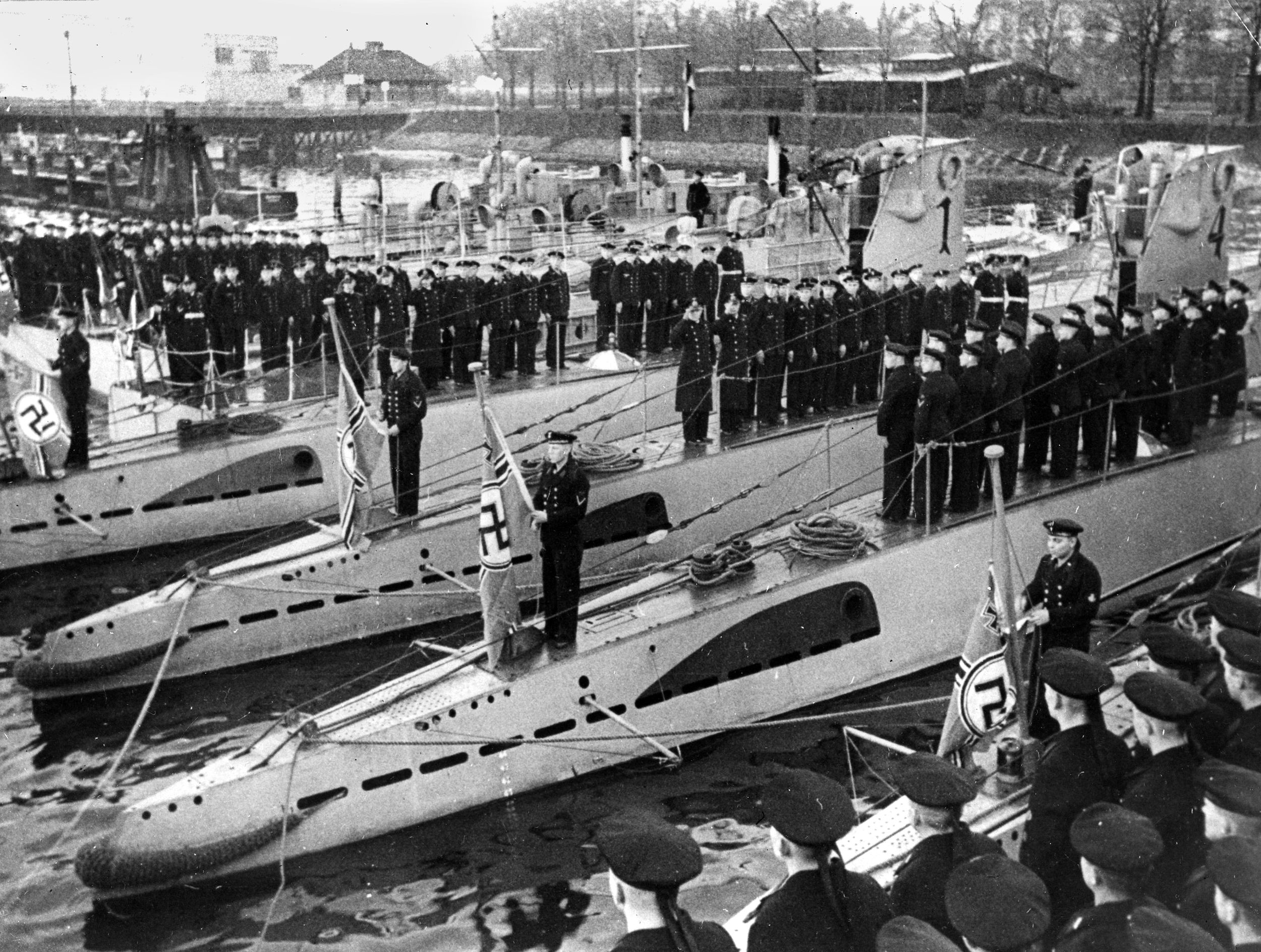
One document included a table of key settings and the dates on which the keys were to change. Others included military Enigma training materials. The now outdated keys allowed the Poles to go back in their archives of intercepted German radio Morse code messages, reconstruct the inner workings of the military Enigma, and actually build a working replica of a German machine. Through much of 1938, the Poles were able to reconstruct the keys based on the information they had received from French intelligence. In September 1938, the Germans provided two new additional unique wheels for each Enigma, enormously complicating the task of figuring out the keys.
The Poles remained confident that they would eventually be able to read the encrypted German radio traffic. Their confidence was based partly on a new machine they were developing for breaking the Germans’ daily key settings. The machine was a mechanical tabulating machine, a forerunner of the punch-card sorting machines used extensively in the 1950s and 1960s. The concept of the machine was that it could check, in a few hours, all the potential keys that would take weeks to check by manual processes. The Poles called the machine a “Bomba” or “Bombe,” and it emulated some of the processes of the Enigma machine itself. The problem was that this early Bombe could only cope with the permutations of a three-wheel Enigma; it could not handle the 60 alternatives for the five possible wheels for the three-wheel positions.
By 1939, it was clear that Germany intended to conquer its neighbors; Austria and Czechoslovakia had already succumbed in 1938. In March 1939, British Prime Minister Neville Chamberlain announced that Britain would come to the aid of Poland if she were attacked by Germany; France joined in that pledge. In July 1939, the Polish codebreakers met with their new allies to bring the British up to speed on their progress to break the Enigma encryption.
The British codebreaking team was astonished when the Poles were able to tell them detailed information about the Enigma and how it might be broken, even though the Poles could not yet decrypt the three-of-five-wheels version. The Poles even produced a working version of the Enigma itself. As later events demonstrated, the value of this gift to the British was priceless.
While the Germans adopted and refined use of the Enigma cipher machine for its radio communications, the British used a different technique for enciphering their radio communications.
The Admiralty resisted the use of cipher machines. Instead, ships carried codebooks and tables that were changed frequently. However, dependence on codebooks that had to be carried by every combat ship in the Navy presented problems in itself. If the books were captured or compromised, then codes could not be changed until every ship, including those at sea, had a new set of books. This was a far greater logistics problem than the changing of encryption keys in a cipher machine. The Germans had a significant advantage in both potential secrecy and ease of changing cipher keys. The British were to pay a high price for staying with manual enciphering techniques.
Events came to a head when Germany attacked Poland on September 1, 1939. Britain and France then declared war on Germany on September 3. Just before the country’s collapse, key members of the Polish codebreaking team evacuated to Paris and carried two working Enigma machines with them. The Poles, their equipment, and their Enigma knowledge passed to the Allies in France and thence to the British Secret Intelligence Service.
Also in September, the codebreaking activities of the British Secret Intelligence Service moved from its London headquarters to a country estate known as Bletchley Park. The British codebreakers drew many of their members from the nearby Universities of Cambridge and Oxford.
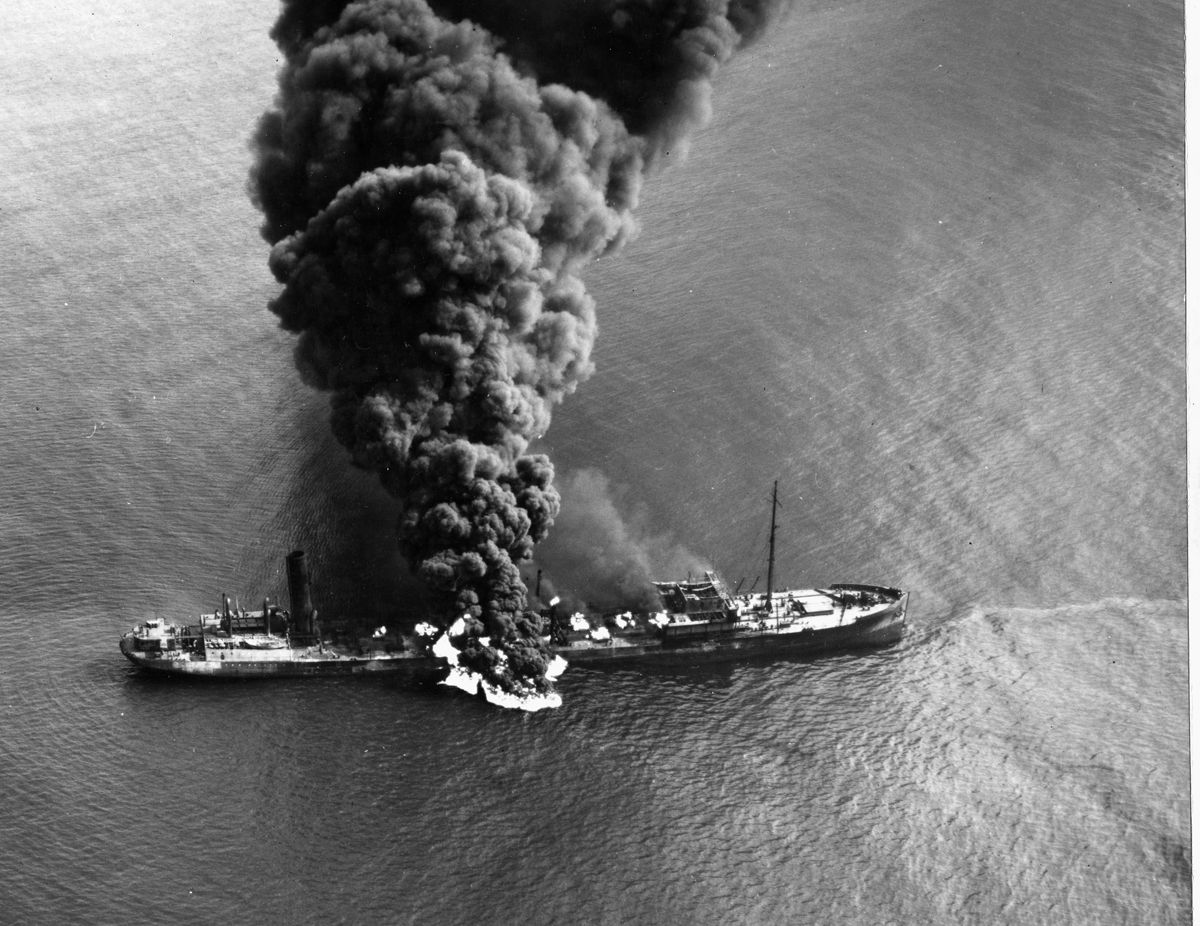
One of the best known of its recruits was Alan Turing, who went on to make many key cryptographic breakthroughs.
Following up on the Poles, the British campaign to break the German Enigma ciphers took several paths. First, the Secret Intelligence Service needed to expand its network of radio intercept sites in order to collect and record as much German military radio traffic as possible, so radio-receiving sites and direction-finding sites were established throughout the British Isles.
Second, the British advanced and expanded the design of the Polish Bombes to harness electromechanical sorting tools to help break the German encryption keys. Third, they put in place an expanded organization focused on a methodical approach to decryption.
Besides ending the Polish effort to break the German Enigma ciphers, the outbreak of war also overtook the German Navy’s expansion plans; the Kriegsmarine would go to war with what it had. Britain and France had far larger navies than Germany and many more capital ships. Germany’s ship-building program had only produced a few new capital warships.
In 1939, the Kriegsmarine surface fleet was made up of three battleships, seven cruisers, and 21 destroyers. As the war progressed, the Germans completed two more cruisers and two large battleships, the Bismarck and the Tirpitz. One battleship, the Admiral Graf Spee, was attacked by superior British forces in the South Atlantic, seriously damaged, and eventually scuttled. Several German cruisers and destroyers were also lost in the German invasion of Norway. In 1941, the Bismarck, sunk the British battleship HMS Hood, but was itself subsequently sunk by a large British force.
After a series of abortive German operations, its surface fleet was either pent up in German ports or effectively kept at bay by the far larger Allied surface forces. The German surface forces were never a serious factor in the Battle of the Atlantic.
Of more importance, at the outbreak of the war Germany had 57 U-boats. However, only 27 were capable of operating in the North Atlantic sea lanes. In spite of this, Dönitz embarked on an aggressive submarine campaign against British commerce and sea power from the first day of the war. At 4:30 pm on September 3, 1939, less than six hours from Britain’s declaration of war, a German U-boat sank the liner Athenia as it sailed off the coast of Ireland bound for Canada.
In these early actions, U-boat attacks were highly successful. U-boats sank 39 ships in the Atlantic in just over two weeks. A U-boat even managed to penetrate the British Navy’s Home Fleet anchorage at Scapa Flow in Scotland and sink the battleship Royal Oak.
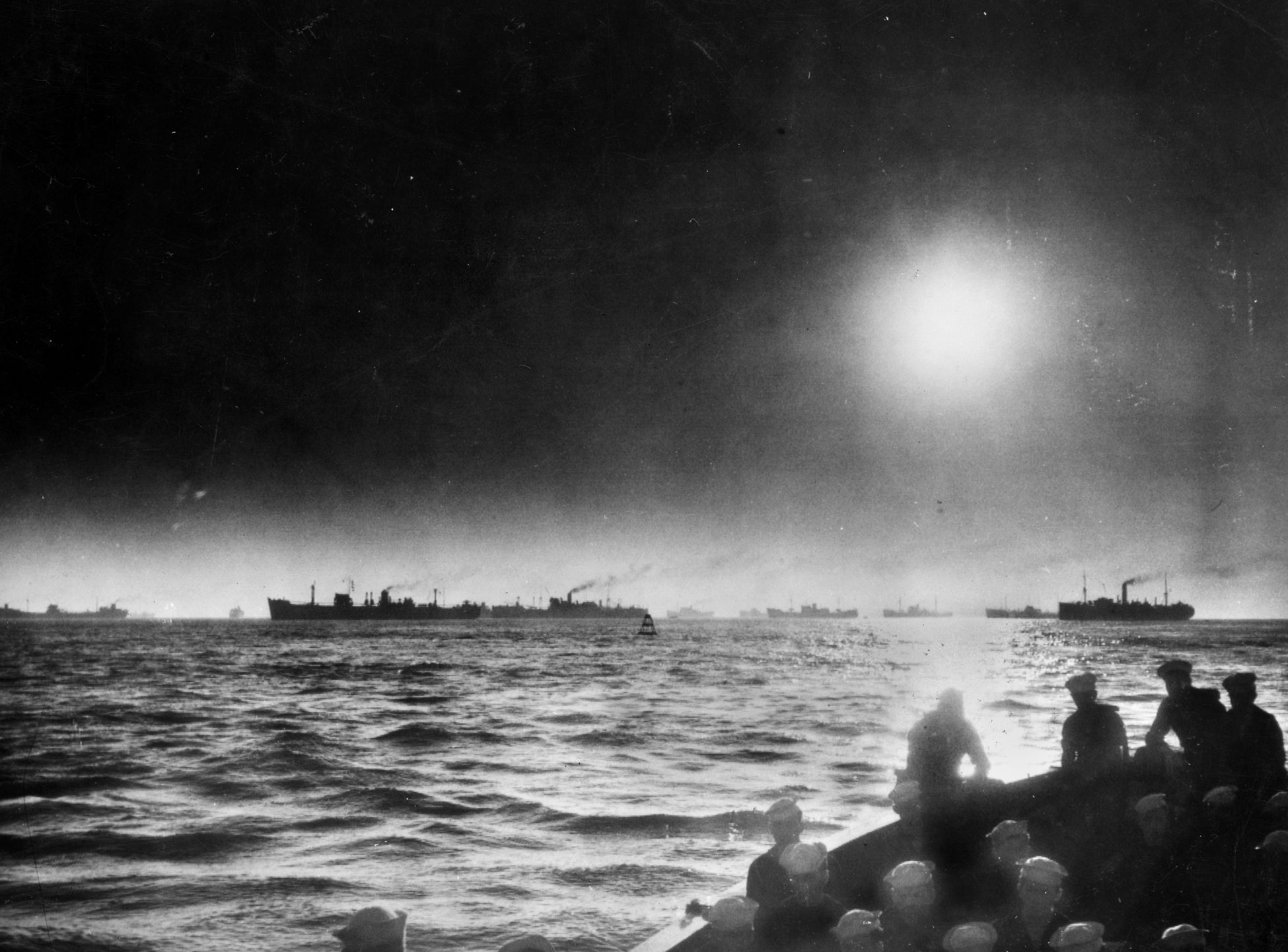
At the outbreak of war, the British believed they could successfully counter Germany’s expected submarine campaign. They assessed that two factors would allow them to prevail: the convoy system and acoustic underwater detection.
The convoy system grouped cargo and tanker ships together so that combat naval ships could efficiently escort them. The British underwater detection system was known by the acronym ASDIC––Anti-Submarine Detection Investigation Committee, a fictitious name used by the Admiralty to cover the development of underwater acoustic detection technology. The technology was later termed sonar––sound navigation and ranging. Loud pulses of sound were transmitted from the underside of Royal Navy escort ships. These sound waves bounced off objects in the water and from the sea bottom and, under good conditions, the received sound allowed escorts to detect and locate objects such as submarines. The Royal Navy had great faith in the convoys protected by sonar-equipped escorts. Later events would temper their initial optimism.
In September 1939, the U-boats sank 41 ships. However, in the following months there was a sharp decline in British losses. It seemed that the twin tactics of convoys and ASDIC-equipped escorts had blunted the German U-boat menace.
Nevertheless, by January 1940, the toll of British shipping had begun to rise again; the U-boats had countered British success by shifting to night surface attacks, for ASDIC was not useful against submarines on the surface. The Germans used the night for cover and the increased surface speed of U-boats to outmaneuver the convoys.
In addition, the B-Dienst success in breaking the British convoy codes supplied U-boat command with the routes and speeds of British convoys. With this information, U-boats could wait along the convoy routes for their prey. The Royal Navy did not fully understand the degree to which their codes had been compromised until much later in the war.
With the increased British convoy losses, it became apparent that aircraft must play a more significant role in the battle against the U-boats. However, the types of aircraft available for patrol and the weapons they were equipped with were not up to the task. The British needed time to develop the aircraft, weapons, and operational doctrine to use them, but time was against them. In June 1940, France surrendered, and the French port of Lorient in the Bay of Biscay became available to the German submarine fleet. This allowed for much quicker U-boat access to the Atlantic convoy routes, increasing their time on station for hunting.
The tide of the battle, therefore, turned sharply against the British. It was a period known among U-boat crews as the “happy time.” The number of British ships sent to the bottom was again climbing. In the summer of 1940, Dönitz decided to increase the intensity of the U-boat campaign, hoping for quick victory, and adopted what became known as “wolf-pack” tactics.
Dönitz would deploy a line of U-boats across known convoy routes. The U-boat that sited a convoy would then send a coded radio signal to U-boat headquarters and to other members of the wolf-pack group. The lead U-boat would continue to shadow the convoy and send coded updates of position and movement. Once the pack of U-boats was assembled, a night surface attack would follow. Britain’s ability to survive would depend on its ability to break the wolf-pack threat.
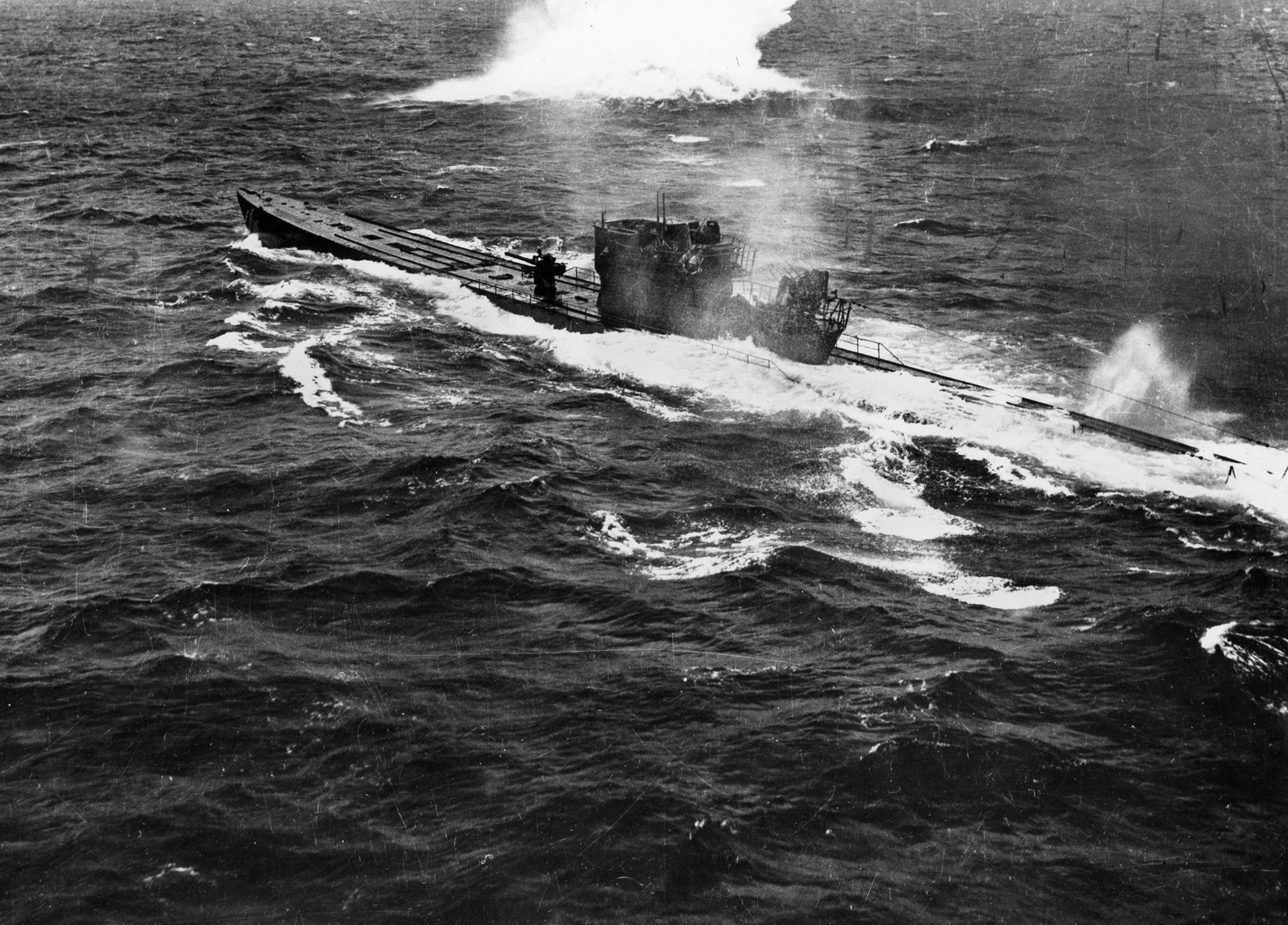
The months of September and October 1940 saw frightful British losses: 63 ships totaling 352,407 tons were sunk. At that rate, Britain could not long maintain its ability to fight. During the winter of 1940-1941, the British inability to find and destroy U-boats at night was threatening its survival.
While the Battle of the Atlantic raged, Alan Turing and another of Britain’s top codebreakers, Gordon Welchman, teamed up to lead the British effort to break the Enigma ciphers that the Germans were using at the start of the war. They concentrated on finding probable words in a message such as officers’ titles or other standard military vocabulary; they called them “cribs.” The British were aided in this effort by German complacency. The Germans could have made the search for cribs much harder by using coded references or random prefixes, but they did not.
The British also took the Poles’ work on Bombes much further. Turing and Welchman collaborated on a design that could automatically check possible cribs to eliminate Enigma key settings that could not work, leaving the key settings that might permit decryption. The Bombes could do this much faster than manual techniques. However, it would be months before the machines, being manufactured by the British Tabulating Machine Company, would be available.
While waiting, the British team stumbled on an idea that would again take advantage of German slipshod procedures. The codebreakers postulated that sometimes the German cipher clerks would not select a new three-letter key for each message, but would simply use the day’s initial settings to save time. They also speculated the clerks would often use as message keys ordinary three-letter sequences they were familiar with instead of random letters.
With these known or likely sequences and other assumptions, the almost incalculable combinations that the Enigma machines might produce in scrambling German text were reduced substantially. In fact, the possible combinations were reduced to a number that could be analyzed and the encryption broken manually. In early 1940, the British began to read radio messages of the Luftwaffe that were enciphered in what was called the “red” code.
This led directly into both Luftwaffe and Army communications. Welchman continued to head the efforts to read the Luftwaffe and Army traffic while Turing was assigned to work on the German naval codes, particularly those used by the Kriegsmarine U-boat arm. This proved to be a much harder task than breaking into the “red” cipher. The submarine fleet was much more rigorous and disciplined in its use of Enigma than were either the Luftwaffe or Army. Plus, the German naval Enigmas were equipped with eight wheels instead of the five used by the other forces. Operators selected three of the eight. This introduced six times as many possibilities and significantly complicated the task of decrypting the message traffic.
In addition, U-boat operators obtained cipher keys from a lookup table instead of having the Enigma encipher them. Thus, there was a code within a code. This complicated Enigma-based cipher system defied the British codebreakers for more than a year.
The Bletchley staff was going to need some help to break the naval code. Progress came with the capture of encryption materials from German naval vessels. First, back in February 1940, three Enigma wheels were found on German personnel rescued from a sinking U-boat that had been depth-charged by British ships. These captured wheels allowed Turing to discover the internal wiring of the wheels.
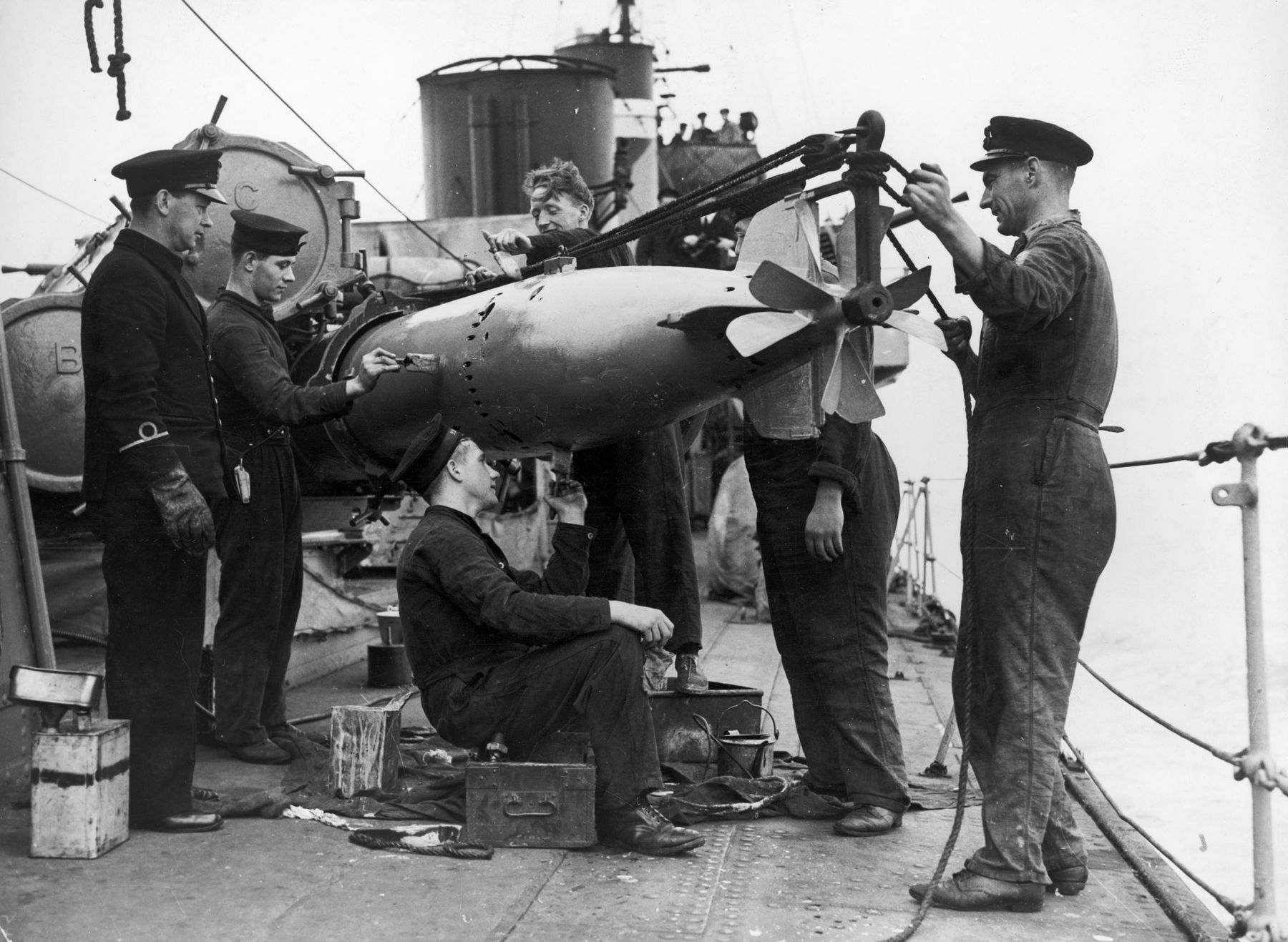
Second, in April 1940, a German trawler was captured off the Norwegian coast and the British were able to recover the Enigma keys for four previous days. By May 1940, Turing was able to read some of the April traffic and gain an understanding of naval Enigma, but could read no further message traffic. In spite of the work of Turing and the Bletchley team, the periodic breaks into the German naval radio traffic were too few and too slow to be of any tactical value to the Royal Navy.
The first versions of the new and improved Bombes designed by Turing and Welchman were delivered by the British Tabulating Machine Company to Bletchley in August 1940 and were immediately put to work. Further progress followed in March 1941 from the capture of an armed German trawler used for picket duty. This material allowed the British to break some naval messages after long and painstaking work.
In May 1941, an attack on another German ship, a weather-observing ship stationed in the North Atlantic, yielded more code material. On May 7, 1941, U-110 began to close in on a convoy en route to Canada. It attacked several ships, but almost immediately U-110 was located by the British naval escorts, and depth charges fired by the British inflicted serious damage on the U-boat. It surfaced to prevent it from sinking. The British escort destroyers and corvettes had the sub surrounded and immediately opened fire.
The U-boat’s captain knew he must protect the code machines and cipher books. Certain that his submarine was sinking, the captain ordered ballast tanks flooded to speed the process before ordering the crew to abandon ship. A British ship rescued the German survivors, but the U-boat’s captain and 14 crewmembers were lost.
The captain of the HMS Bulldog saw a great opportunity. He quickly ordered a small team to board the U-110 to get whatever material of intelligence value they could find. Working quickly, the boarding party found a working Enigma code machine, cipher tables, signal books, and navigation charts. In a few days, the captured material arrived at the British codebreaking center at Bletchley. With this goldmine of material, the Bletchley staff could now decrypt U-boat operational radio traffic within hours of its receipt.
By May 15, 1941, Bletchley Park was providing the Royal Navy’s Operational Intelligence Center with decrypts of radio signals that provided the locations and movements of German U-boats and surface ships. The center’s Submarine Tracking Room filtered all available information and estimated the intentions of Dönitz and his U-boat fleet––which convoy routes were the Germans going to attack and when? The Bletchley decrypts, when available, were an important source of answers.
Another source was radio-direction finding. It provided directional bearings that showed the general location of the transmitting German ship or U-boat. In addition, analysis of message traffic revealed information about the number of recipients, the length of messages, and other data that added to the picture of what the U-boat deployment and operational pattern looked like. With decrypts and the other information available, the Submarine Tracking Center developed and maintained a very accurate picture of the enemy’s naval forces and plans.
Within weeks, however, Bletchley Park’s success was temporarily halted when the Germans changed some of the codes. However, the capture of another German weather-observing trawler provided Enigma settings through the end of July 1941. The sum of these captures of German material now provided sufficient information and understanding for the British team to proceed without the need for any more captured material. The British were routinely breaking the naval Enigma traffic until February 1942.
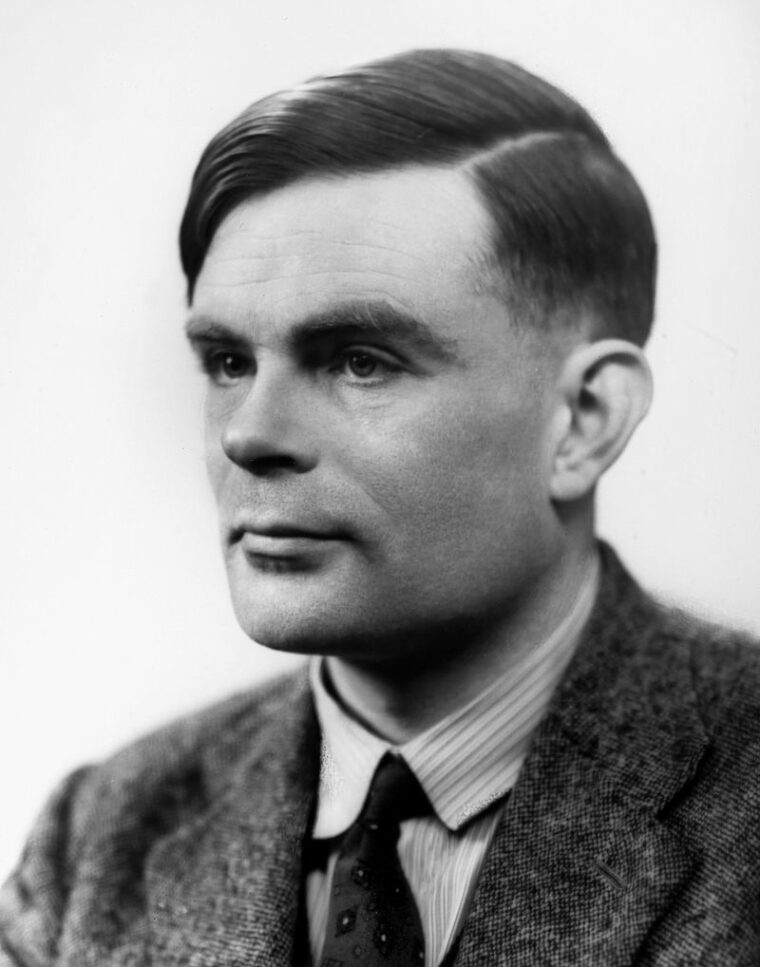
The invaluable intelligence flowing from Bletchley Park provided direct knowledge of U-boat plans and operations. With experience, British convoy escorts were becoming more proficient. About this same time, RAF’s Coastal Command began to operate long-range air patrols to conduct surveillance of U-boat operational areas. British convoys were now rerouted away from areas where U-boats were operating. The odds in the Battle of the Atlantic began to even.
Through the summer of 1941, U-boat attacks greatly diminished. The fact that U-boats were having less success against convoys at the same time that the U-boat fleet was finally growing puzzled Dönitz. He questioned whether the coded messages to and from his fleet were being compromised, so he asked his cryptology experts to assess the security of the naval code system; his experts assured him that the Enigma machine codes were unbreakable. The German staff was unaware of the captures of the code machines, cipher books, and tables that had helped Bletchley systematically break into the “unbreakable” cipher.
Also in the summer of 1941, Britain was sharing with Washington some of the intelligence derived from breaking into the coded radio traffic. While the United States was not yet a participant in the war, it was clear that its sympathies lay with the British who desperately wanted America to enter the war on the British side; the isolationist U.S. Congress and public were not yet prepared to support such a step.
The U.S. Navy, however, was by now also secretly sharing with the British some of the intelligence it had acquired through its own breaking of the Japanese diplomatic ciphers, code-named by the Navy as “Magic.” In a further step toward open support of the British, the U.S. military took over responsibility for the defense of Iceland, relieving British forces. At the same time, U.S. forces began protecting British and Canadian convoys between Canada and Iceland.
This bold turn of events now put the U.S. Navy on a collision course with Dönitz’s U-boat fleet. In September 1941, a U.S. destroyer depth-charged a German U-boat during convoy escort. In October, during a U-boat wolf-pack attack on a convoy in the Western North Atlantic, an American destroyer was torpedoed. It managed to survive with the loss of 11 crewmembers. On October 31, 1941, a U-boat sank the destroyer USS Reuben James, killing 115 of its crew. The United States and Germany were now headed toward open warfare.
The formal entry of the United States into the war on December 7, 1941, bought new opportunities for the U-boat fleet. Dönitz immediately drew up plans under the name Operation Drumbeat to send a sizable force to the shores of America. The Royal Navy Submarine Tracking Room learned of the unfolding German strategy through the Enigma decrypts and warnings were passed to the U.S. Navy, but with all of the confusion of the sudden U.S. entry into the war, the warnings were not acted upon.
The United States did not form convoys along its coast, coastal blackouts were not enforced, and there were few escorts or destroyers to deal with the threat. The result was predictable. The U-boats had success beyond their greatest expectations. By the end of January 1942, 53 U-boats had sunk over 100 Allied ships––the majority off the U.S. East Coast. However, worse news was to come.
By the end of February 1942, the flow of Enigma decrypts to Britain’s Submarine Tracking Room suddenly stopped, for the Germans had modified their Enigma coding machines to make their encrypted radio traffic much tougher to break. The Allies had therefore lost their key source of information about U-boat plans and operations.
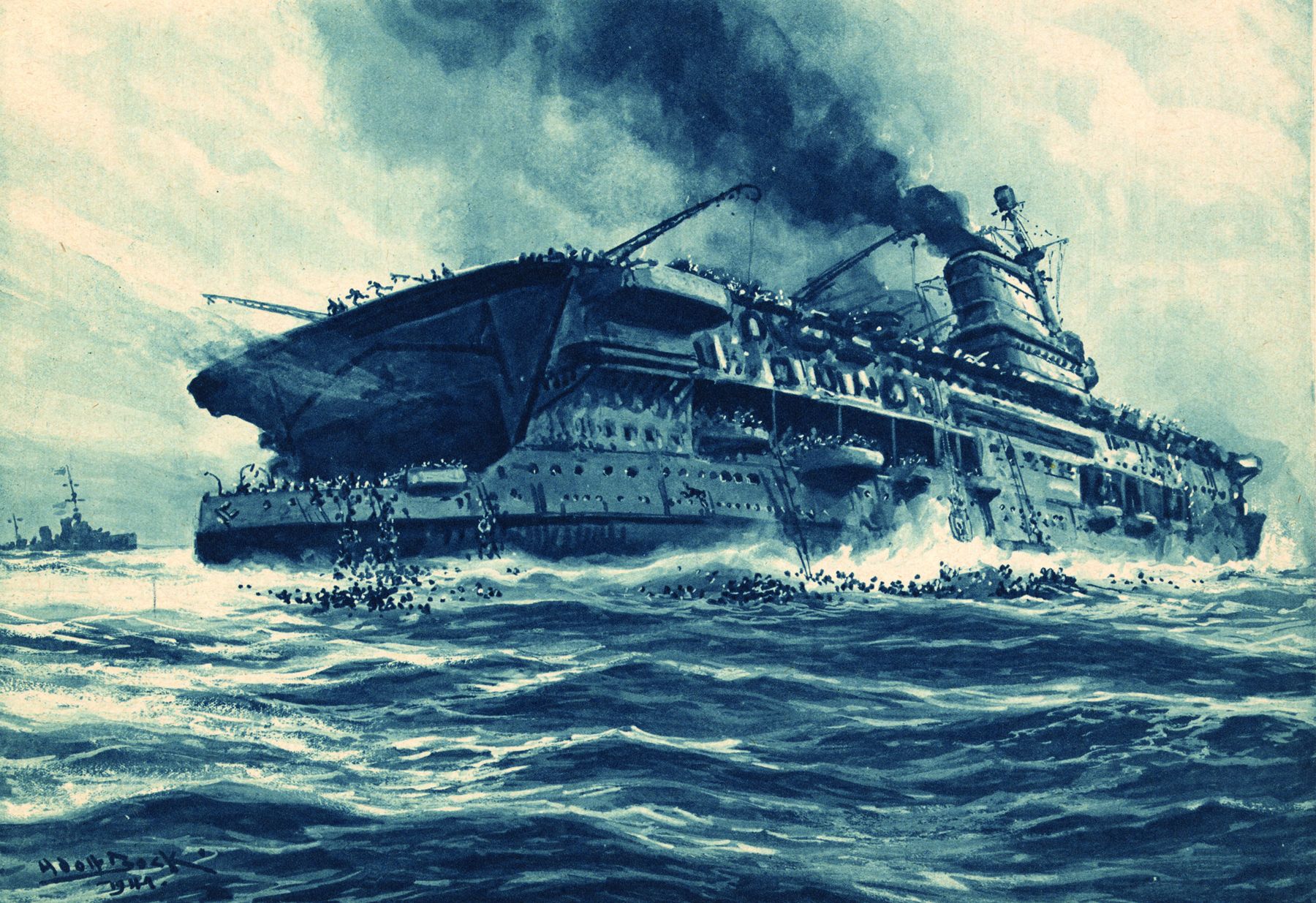
The British called the new code “Shark,” but the codebreakers had little confidence that they could decrypt the U-boat radio traffic in the new code. As events unfolded, the new German cipher would take almost a year to crack. Allied losses in February were grim––more than 150 ships were lost, again most along the U.S. East and Gulf Coasts.
The scale of the losses and their impact on Britain got the attention of both the U.S. and British leaders. U.S. ships began to run along the coast without lights. Blackouts were better enforced. A large number of Navy airships called blimps began to make armed reconnaissance flights along the coastal sea lanes. In spite of this, losses in March 1942 were again high; over 250 Allied ships were sunk, most in U.S. waters and many within sight of the coast.
By May 1942, a coastal convoy system was in place, and soon thereafter a crash program in the United States to produce escort ships began to deliver. Allied losses began to decline but remained alarmingly high. By this time, the U-boat fleet had grown to 330 boats. Dönitz could now confidently station large wolf packs across known convoy routes. The tide of the battle again moved in Germany’s favor.
By the summer of 1942, the U.S. Navy began to have some success implementing convoys, expanding its escorts, and applying the lessons learned by the Royal Navy in its three-year fight to maintain the Atlantic lifeline. Because of U.S. antisubmarine improvements, Admiral Dönitz now moved his U-boat attacks back into the Atlantic, focusing now on the area south of Greenland where there was little Allied air cover for the convoys. Again, the U-boats were to experience great success. In just three weeks, 97 ships were sunk. By March 1943, the Germans had come perilously close to severing the British lifeline. Bletchley felt immense pressure to break into the U-boat coded radio traffic again.
At about this same time, all of the antisubmarine warfare initiatives of the Americans and British began to pay off. The United States was turning out cargo ships at an amazing rate, sometimes three a day. These ships were of a standardized, easy-to-manufacturer design called “Liberty Ships.” They were faster than their predecessors, which meant that the transit time across the Atlantic was shorter and, therefore, they were exposed to the U-boat threat for a shorter period. Some cargo ships were modified to carry an aircraft. This development provided air cover for the convoys that was always available when these modified ships were present. New escorts and destroyers were also showing up in increasing numbers. New long-range patrol aircraft, particularly the B-24 Liberators, closed the air-cover gap south of Greenland and presented an ever-present threat to the U-boats.
New technology also added to the effectiveness of the Allied antisubmarine forces. Ships were equipped with new radios that made intership communications and coordination more effective. Escorts were equipped with radio direction-finding equipment so that, when U-boats were detected communicating among themselves or with their headquarters, the direction relative to the convoy could be determined. Airborne radar that could detect submarines on the surface was deployed widely on Allied reconnaissance aircraft. This development, combined with powerful aircraft-mounted searchlights, meant that aircraft could detect U-boats on the surface at night and conduct successful attacks.
A Bletchley breakthrough into Shark came in early December 1942. U-559 was sighted by a British patrol aircraft that then directed four destroyers to the attack. The U-boat was damaged by depth charges and surfaced; the crew abandoned ship believing their efforts to flood the U-boat would sink it. Crewmembers from one of the destroyers boarded the submarine and grabbed a four-wheel Enigma machine from the radio room along with charts and the sub’s papers. Just as the material was passed out to the British seaman on the submarine’s deck, the submarine rapidly sank trapping two British sailors inside.
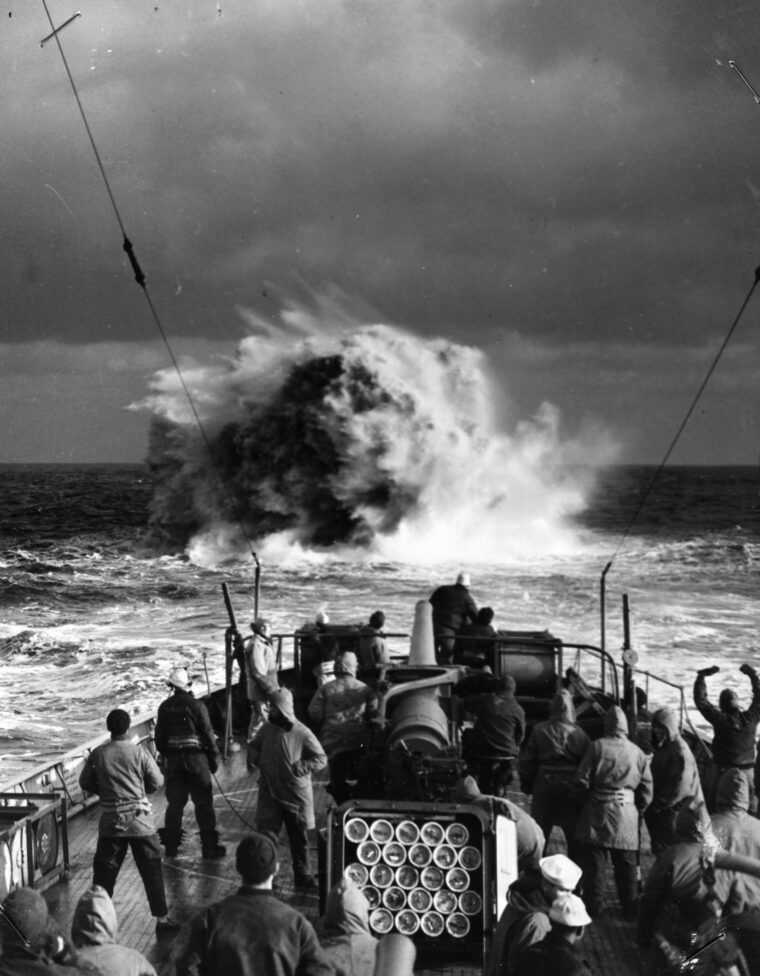
The sacrifice of the two brave seamen gave the Bletchley codebreakers exactly what they needed to break Shark. The four-wheel Enigma, along with papers that described the key settings, showed the British how the four-wheel machine was configured to work with the three-wheel machines used by shore weather stations. The result was that when the four-wheel machines were used to encrypt radio traffic with shore stations, the Bletchley Bombes developed for breaking three-wheel machines could be used to find the three-wheel key. Then only limited testing was necessary to break the fourth wheel key. Within hours of their first successful break into Shark, the British had found the positions of more than a dozen U-boats.
Now the cryptologic war was at an impasse. Bletchley was reading much of the U-boat traffic and passing intelligence to the Submarine Tracking Center. However, the B-Dienst was reading much of the Royal Navy message traffic.
The Bletchley team gained one great advantage: They were able to establish definitively that the B-Dienst had broken the Royal Navy codes. However, it took the Royal Navy months to implement new codes. During this period, the
U-boats had significant successes against the Allied convoys.
While the convoys suffered serious losses up through March 1943, the Germans lost 38 U-boats sunk. There were now increased air patrols over the full length of the convoy routes. In addition, a new and deadly weapon was added to the convoy escorts. Small escort aircraft carriers based on merchant-ship-sized hulls, each with several attack aircraft, added a new and deadly dimension to the battle. Now each convoy with an escort carrier had its own attack aircraft immediately available.
While the quality of the U-boat officers and crew began to fall, the quality of the convoy escort leadership and crew training was on the rise. A pattern developed that U-boat attacks on Allied convoys sunk few ships. More likely, attacking U-boats would be sunk. While many Allied convoy ships were still to be lost, Dönitz could see by May 1943 a dramatic loss in effectiveness of the U-boat fleet. It became clear that his goal of sinking more convoy ships than the Allies could build would never be met. He ordered his remaining U-boat fleet out of the North Atlantic routes.
Dönitz put a good face on it, saying that newer and better U-boats and weapons would turn the fight against the Allied escorts and aircraft. One U-boat commander said, “We’d noticed the British had made colossal technical progress and that was really quite ominous.” But Churchill wrote of the summer of 1943, “The convoys came through intact, the supply line was safe.”
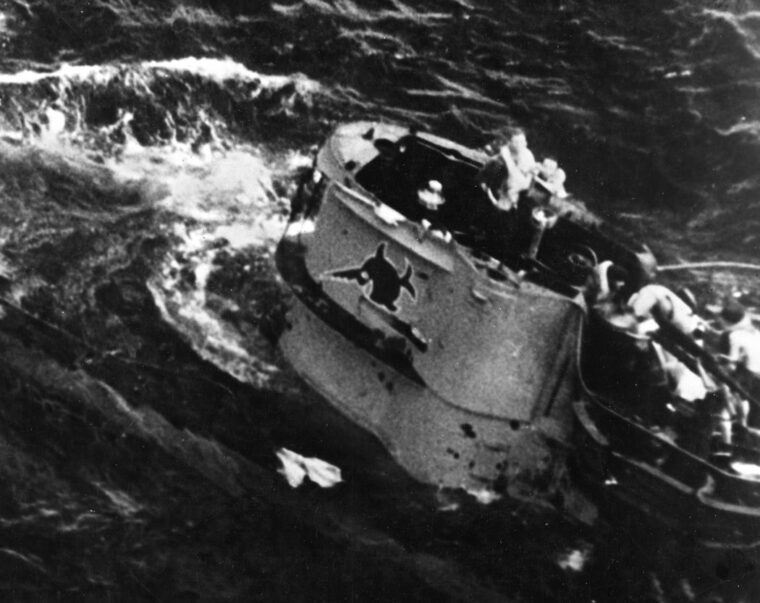
Dönitz periodically sent U-boats into the Atlantic with improved torpedoes and additional antiaircraft guns. By September 1943, it was clear that these forays again resulted in large U-boat losses. Morale among the remaining U-boat crews was at rock bottom, and a further 54 U-boats were lost in the first three months of 1944. While the Germans attempted to reinvigorate the U-boat campaign against the convoy routes in 1944, they never achieved their earlier success.
The U-boats played no significant role in opposing the massive Allied invasion of France on June 6, 1944. Within months, the Allies overran all the U-boat ports in France and the U-boats were no longer a significant factor for the remainder of the war. During the last months of 1944, thousands of merchant ships passed back and forth along the Atlantic convoy routes and less than two percent were lost to U-boats.
From May 1943—the turning point of the Atlantic battle—Germany lost 450 U-boats and 15,000 men against superior Allied technical and numerical superiority.
Germany surrendered in May 1945. Dönitz was arrested and tried for war crimes related to his ordering U-boats to kill survivors of torpedoed ships; he was convicted and sentenced to 10 years in prison. After the war, Dönitz said that it was radar, particularly long-range patrol aircraft equipped with radar and depth charges, that robbed the U-boat of its ability to fight on the surface. With the aid of hindsight, he was able to say that Germany lost the battle of the Atlantic in May 1943. However, he did not know and was never to know that the naval Enigma code had been broken.
The Battle of the Atlantic began on the first day of the war in September 1939, and a relatively small force of German submarines had threatened Britain’s survival. It was the summer of 1943 before the Allies could claim ascendency.
Early on, the British Royal Navy and Royal Air Force shouldered the burden of the antisubmarine campaign, while Canada contributed a large force of naval escorts. The strong support from the United States, both during its secret war and after the formal declaration of war, assured final victory.
In the end, it was the industrial might of the United States––escort ships, patrol aircraft, cargo ships, new technology, food, and raw material––that proved decisive. However, at key times, when the outcome of the Battle of the Atlantic remained in doubt, it was the British codebreakers of Bletchley Park who provided the SIGINT that helped maintain the vital sea links that allowed Britain to survive and emerge victorious.
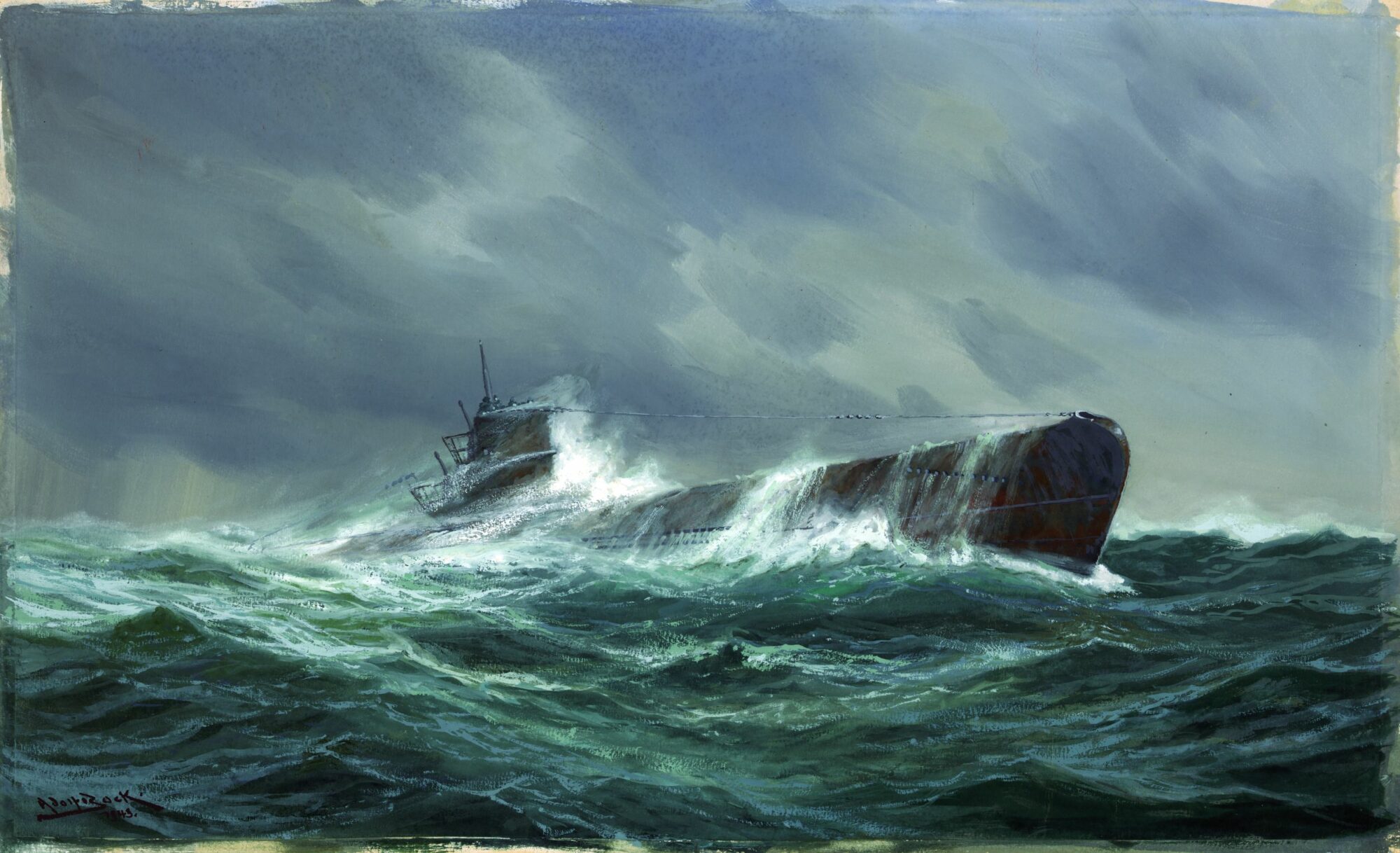
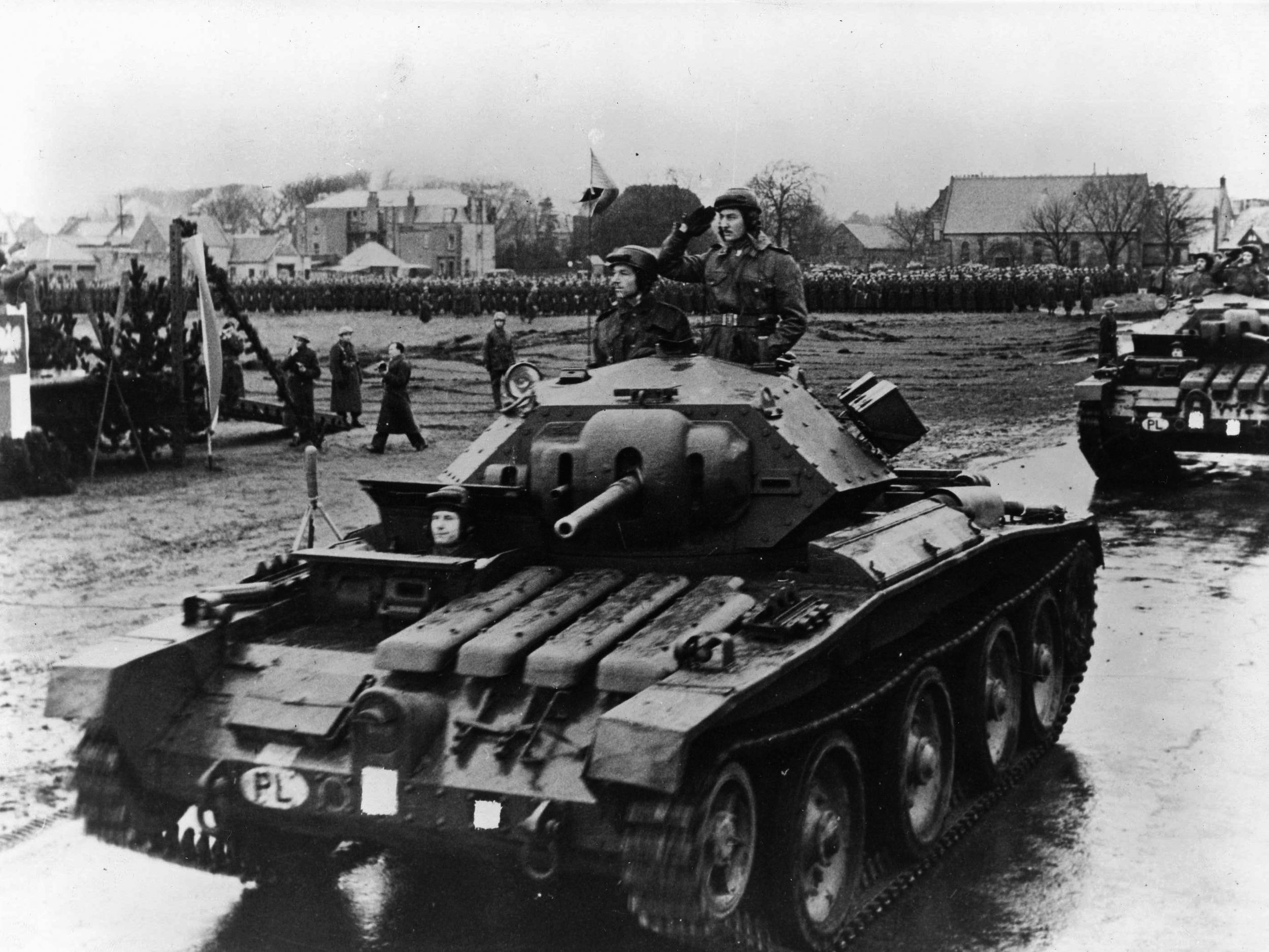
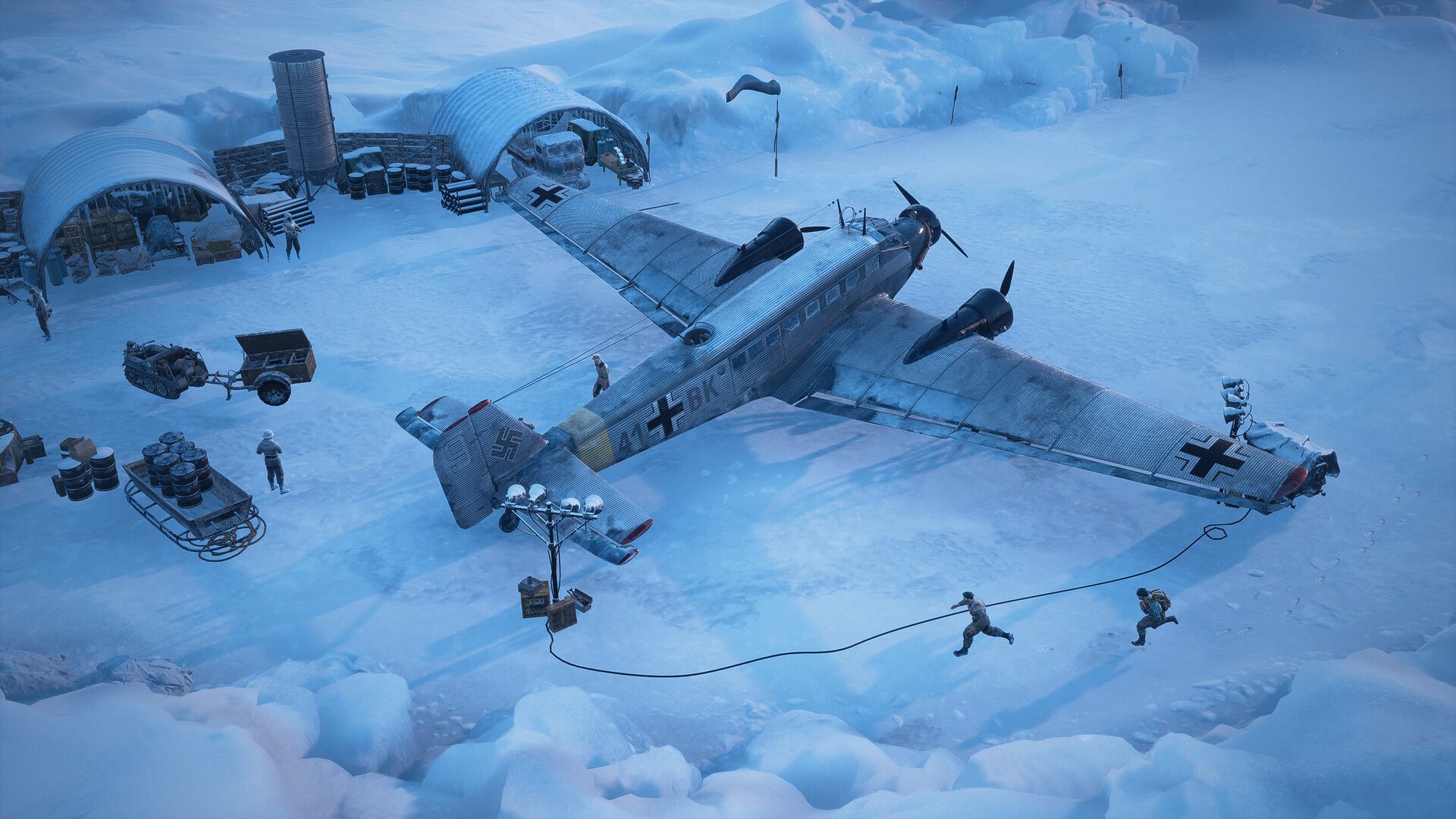
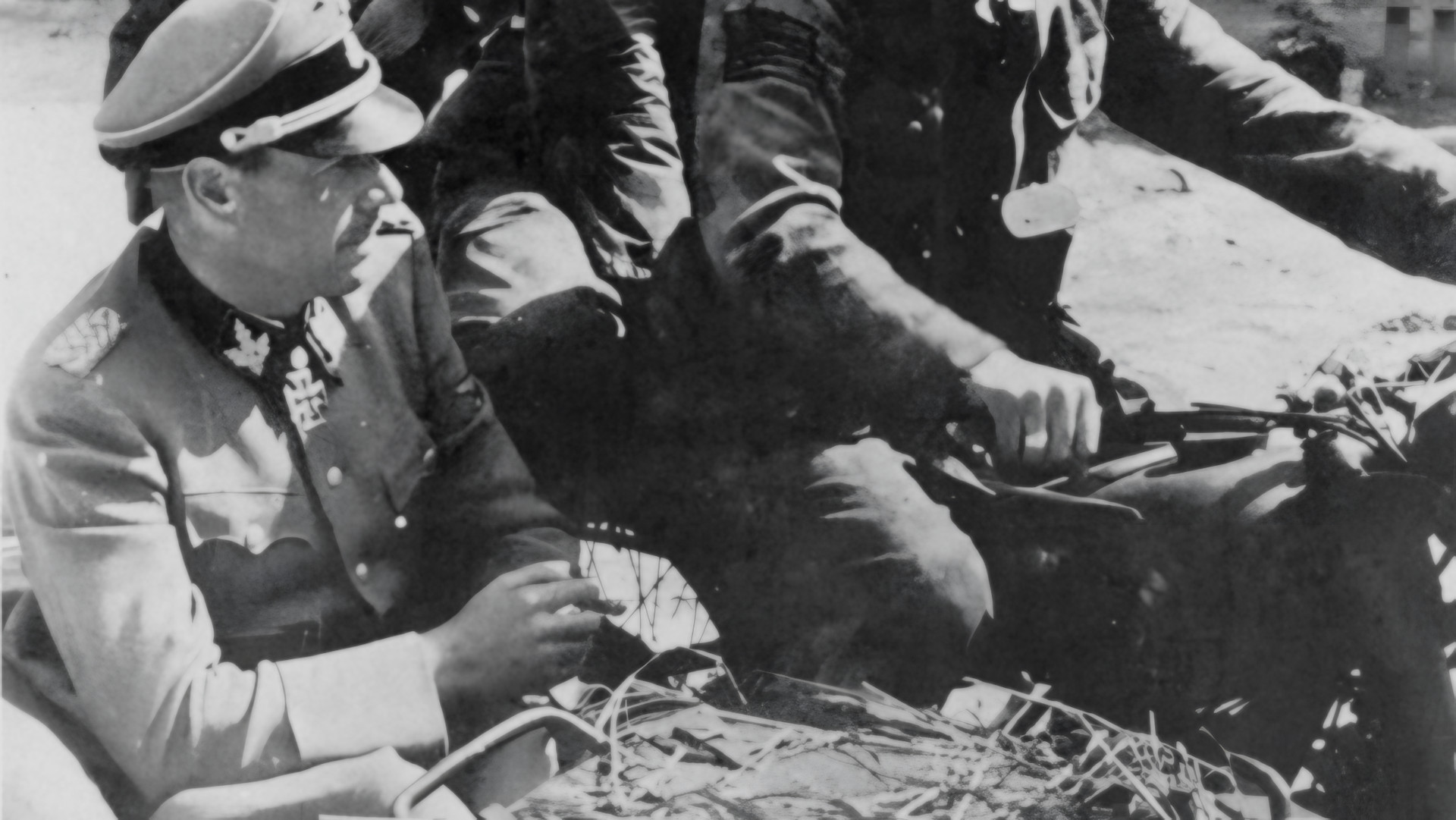
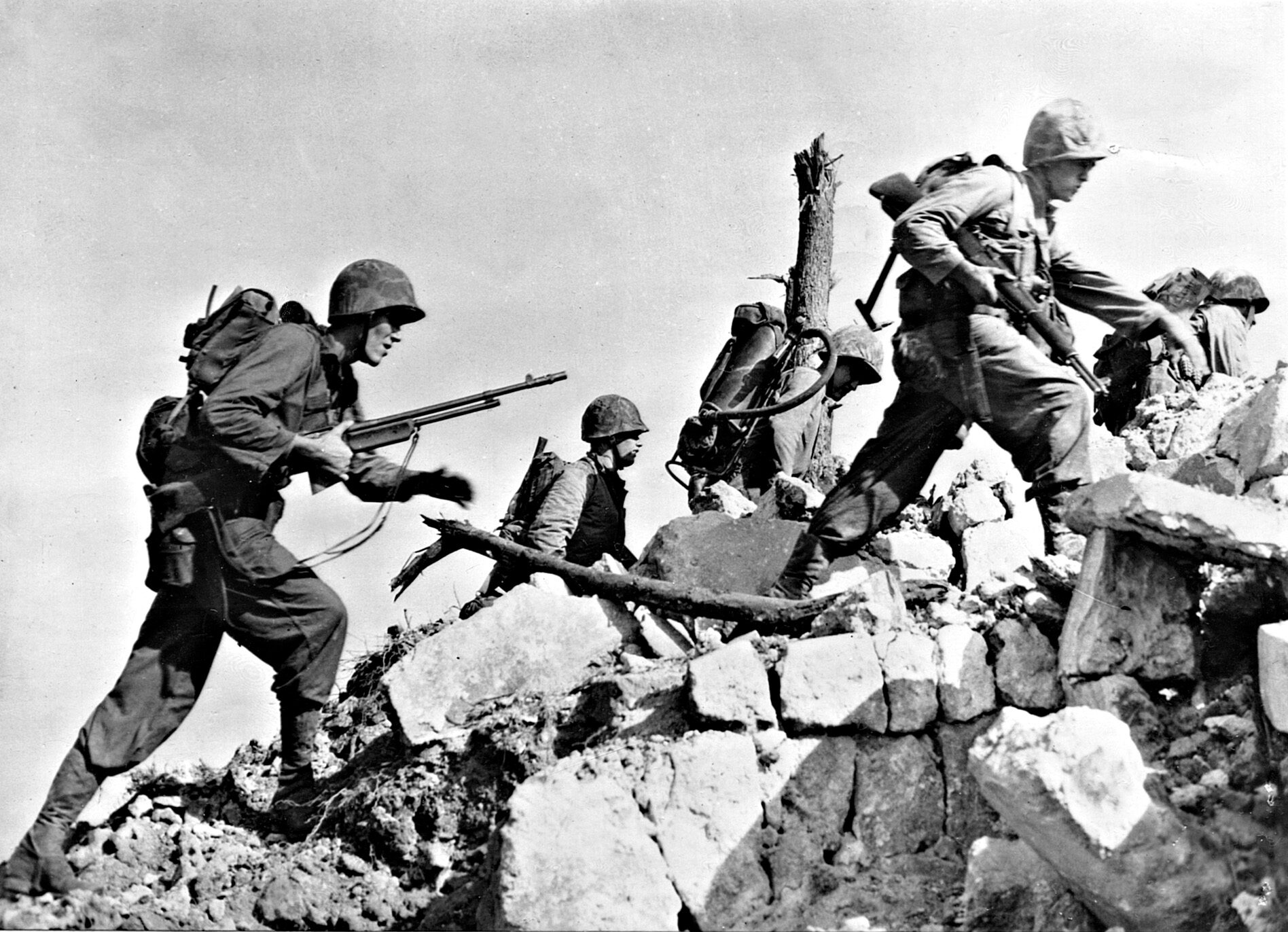
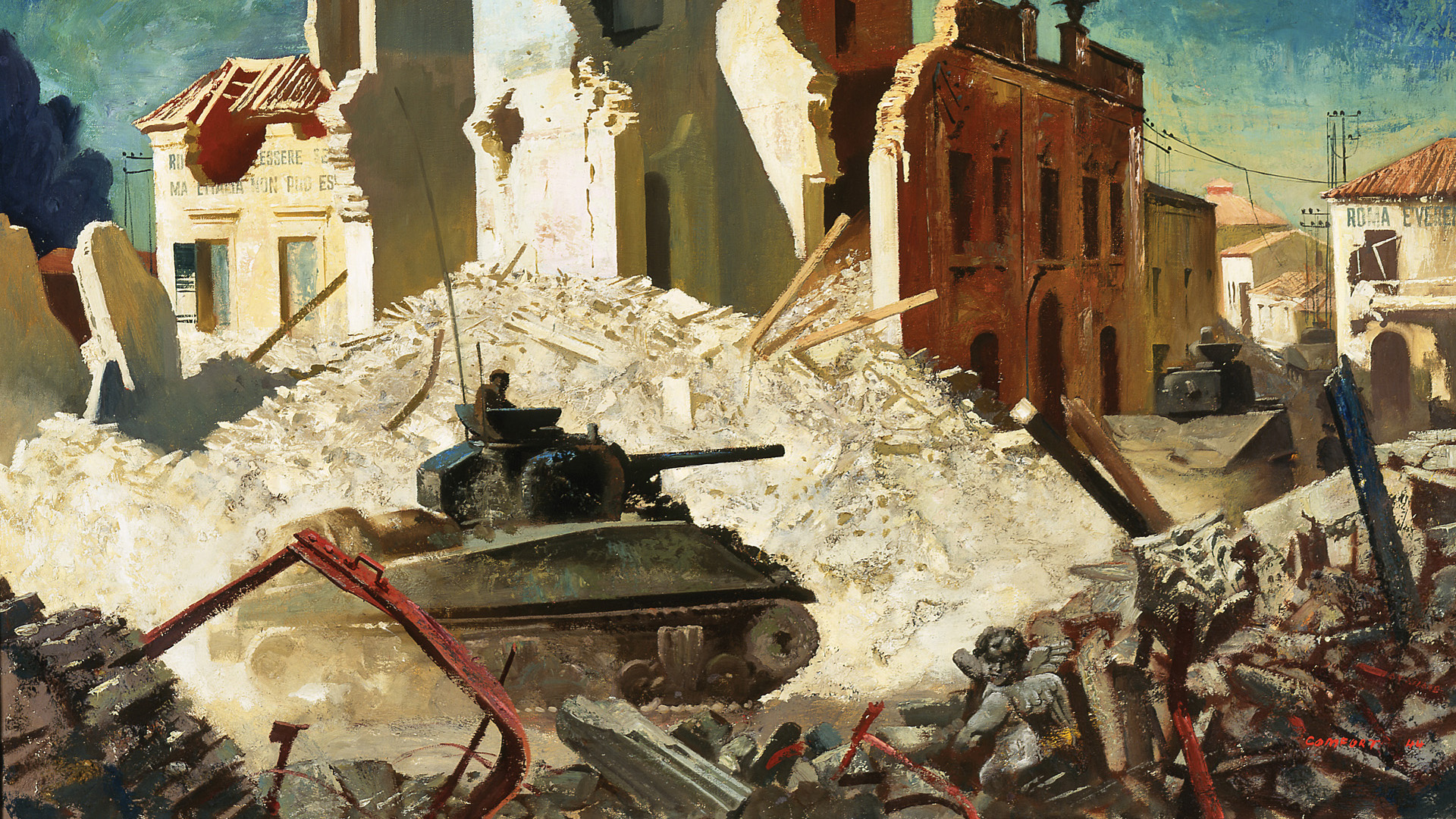
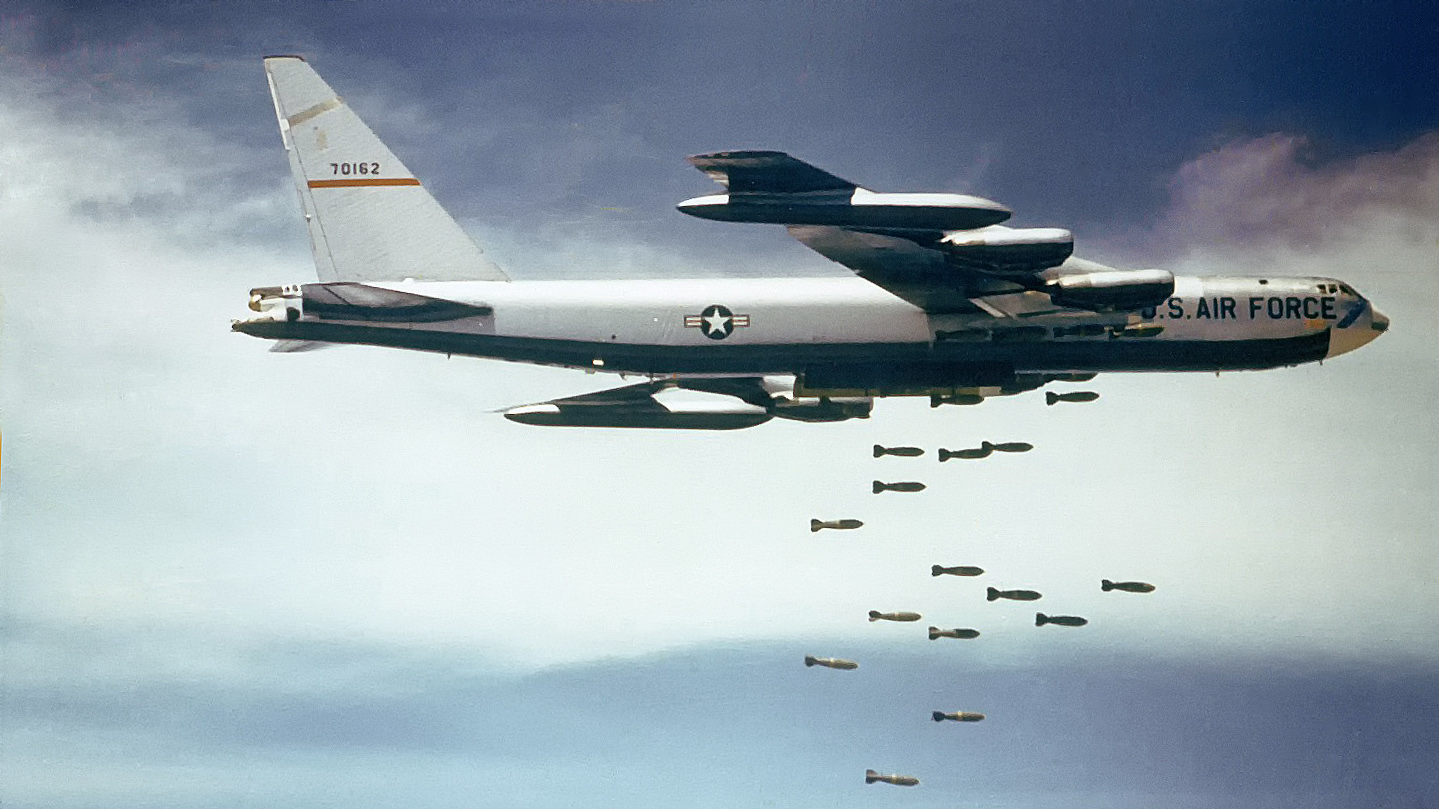
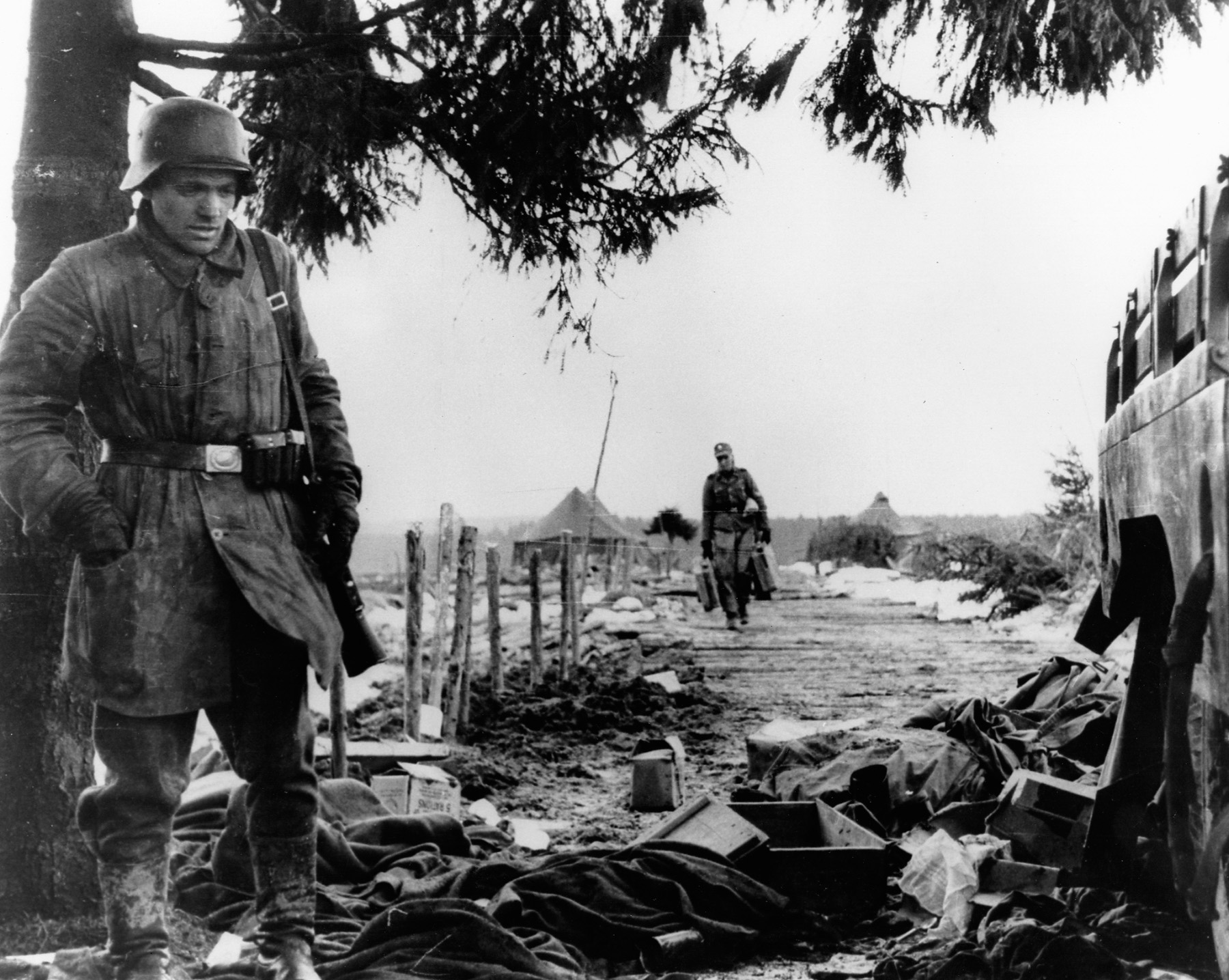
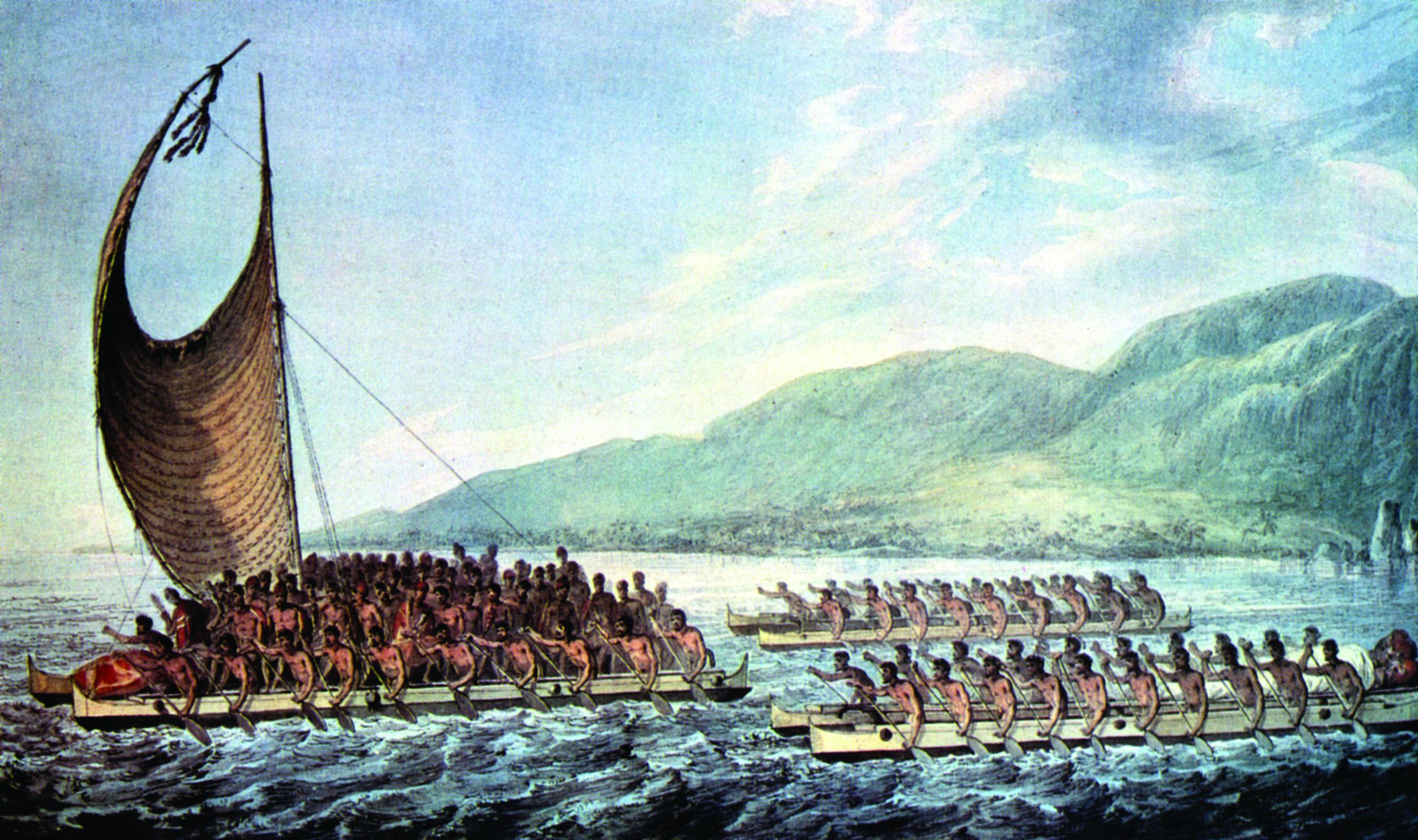
Join The Conversation
Comments
View All Comments